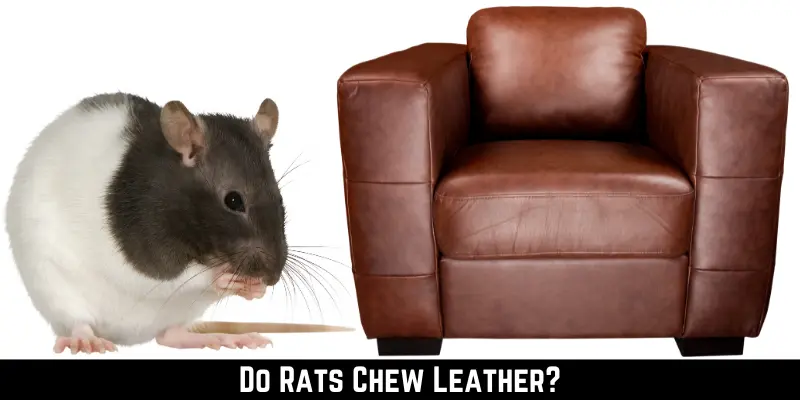Rats and humans have traditionally lived side by side, but the relationship has never been simple. Rats are pest animals that cause damage to many human-made things because it is in the DNA of rats to chew and eat almost everything. Rats chew many things but do rats chew leather?
Yes, rats chew leather to file their bottom teeth and prevent them from growing through into skulls. Rats would develop incisor overgrowth if the upper and lower incisors do not align properly as a result of this continuous growth of the incisors (malocclusion)
The only treatment for malocclusion is to grasp the material and sharpen their teeth by chewing different materials. Read the article to know more about rats and their trends in chewing leather.
Are Rats Attracted To Leather?
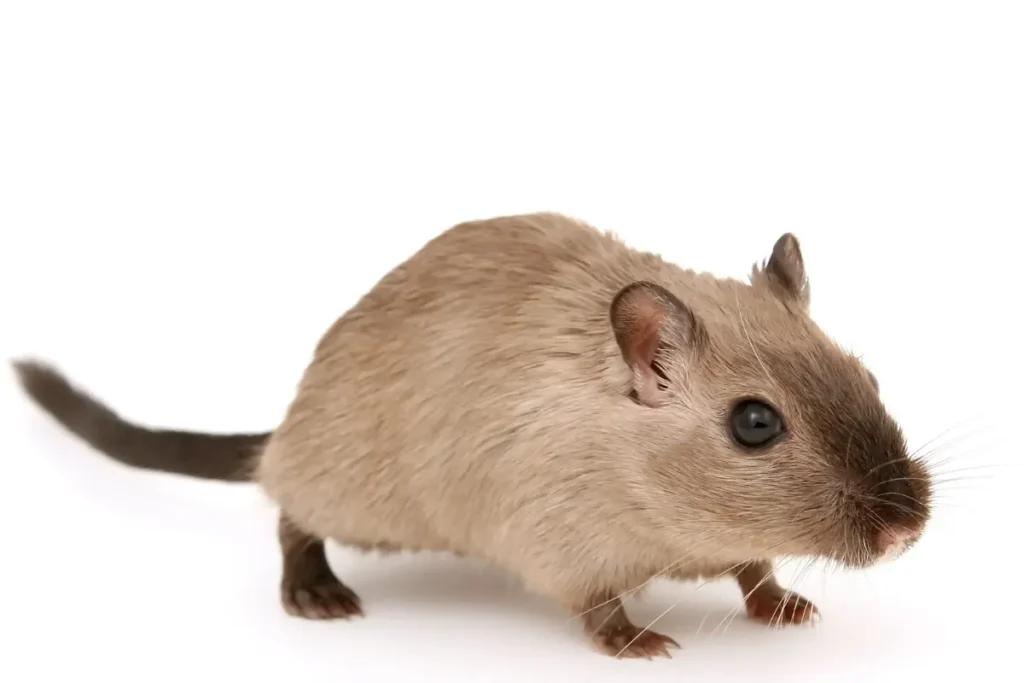
Yes, rats are drawn to leather for their chewing activities because they have a unique enamel made up of intricately linked crystals of hydroxyapatite calcium encased in highly powerful collagen and grows at a rate of 1.4 mm per day.
There is no known treatment for overgrown teeth of rats. The only treatment for malocclusion is to trim the teeth by chewing materials like leather Plastic, Brick, Lead, Wood, Cement Silica, and Burnt Block.
Do Rats Eat Leather?
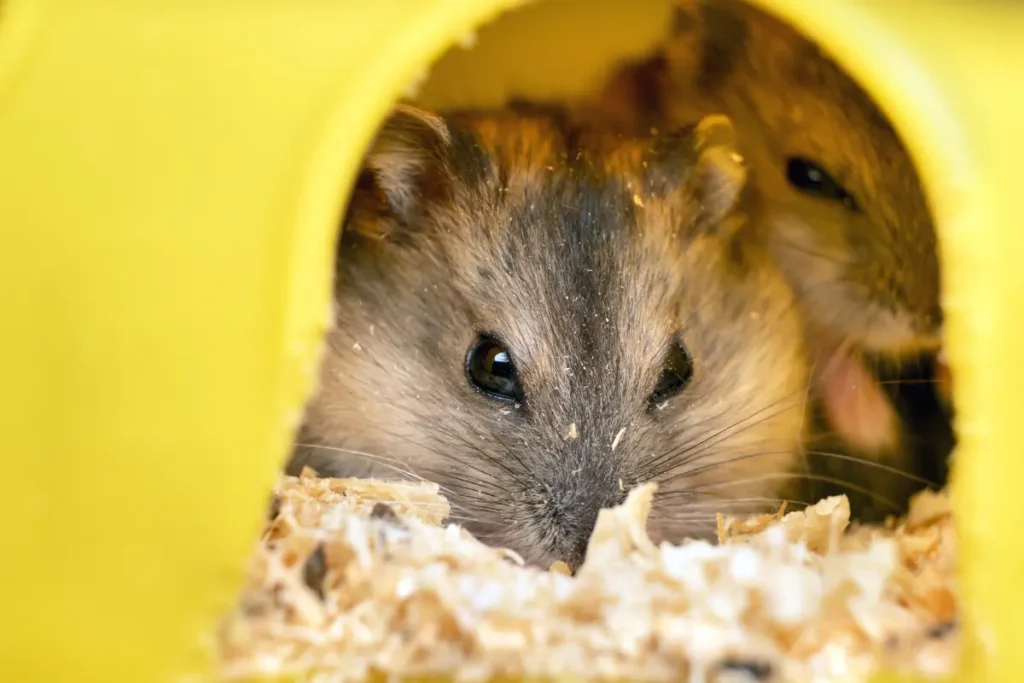
No, rats do not ingest leather; eating and chewing are two distinct processes. Eating is certainly a survival mechanism, which raises the question of why rats evolved to bite and chew.
Chewing is an important natural behavior that rats perform to keep their teeth healthy and prevent malocclusion. The teeth of malocclusion rats are crooked and unable to be ground naturally.
Will Mice Eat Leather Furniture?
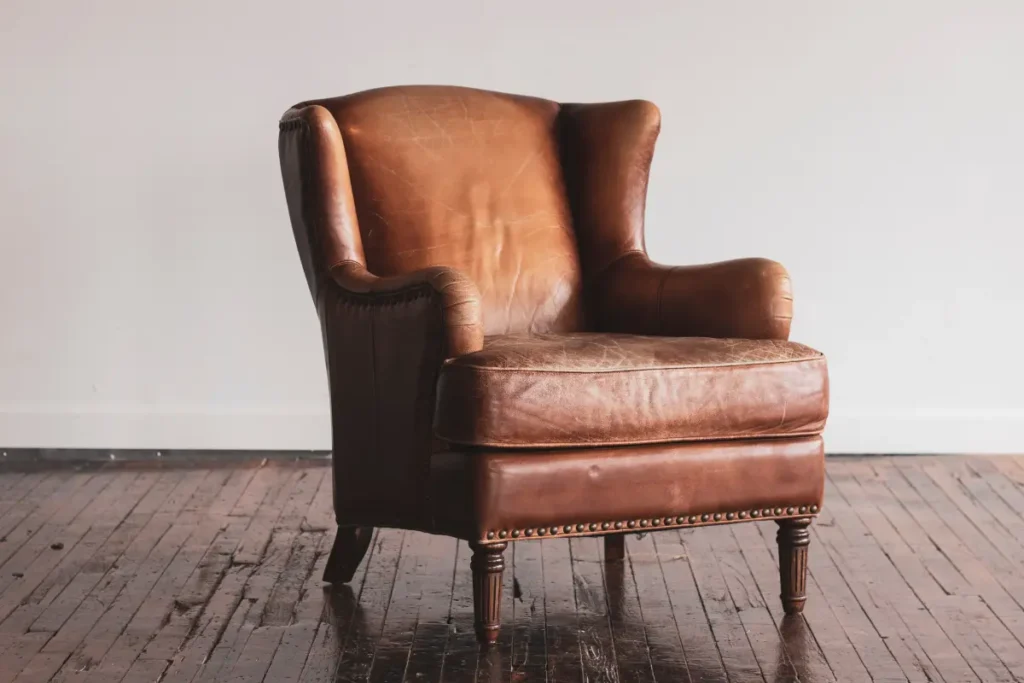
Rats, despite their little size, can cause a lot of harm. Rats/Mice are notorious for getting into food and chewing wires, also they’ll happily gnaw a hole in leather furniture as well.
The following list contains the other possible objects made from leather at the risk of a rat chewing:
- Handbags, jackets made of Leather
- Leather Holders and Containers
- Leather Home Furnishings
- Religious or magical items made of leather
- Leather Sporting Goods
- Items for Defense and Protection such as Boots and Knife Sheaths
- Leather Transport items
- Musical items made of leather
- Accessories for Pets such as collars, and chains.
How Do Keep Rats From Chewing On Leather?

Rats have a highly developed sense of smell.
The following odors will keep rats away from leather:
Clover, garlic, onion, capsaicin pepper, ammonia, used coffee grounds, peppermint, eucalyptus, predator (cat) smell, white wine vinegar, citronella oil Astringent, menthol, and spicy aromas work well to keep mice away.
Rats are frightened by chemical odors such as ammonia, bleach, and mothballs. Rats also turn their tails when they detect the smell of a predator, even if there is none nearby.
Positive chemical compounds are released by cats, ferrets, raccoons, and other rat eaters.
What Material Can A Rat Not Chew Through?
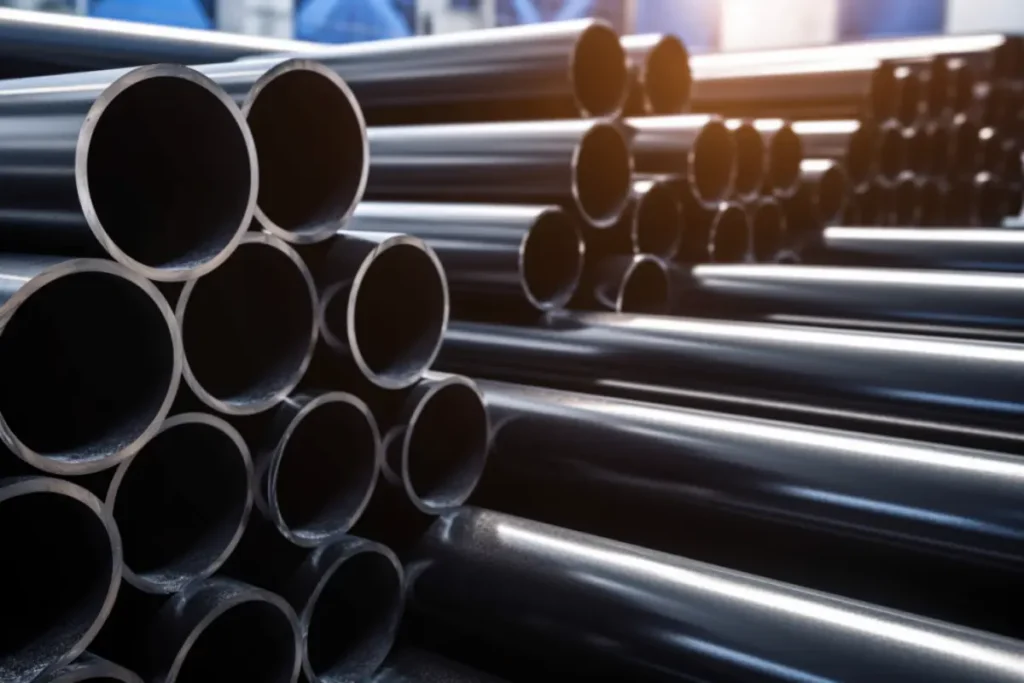
Rats, along with many other rodents, have the strongest jaws. Yet, there are several things that rats simply cannot chew:
Rats cannot chew tough concrete, thus unless there are huge holes in the concrete, these pests cannot get through.
Rats cannot chew stones like tiles, yet some tiles are so weak that rats can bite them.
Rats cannot chew hard metals like steel, people fill the holes with wire mesh and steel wool before sealing.
What Materials Can Rats chew Through?
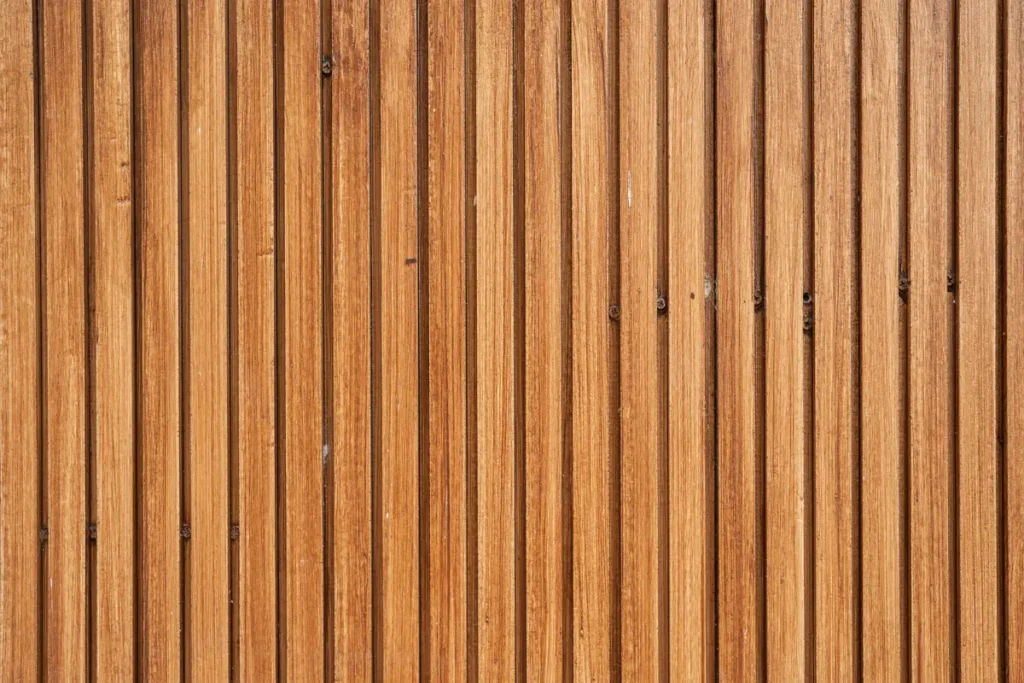
Rats nibble on almost every material that makes up a house’s interior and exterior.
Plastic, Brick, Lead, Wood, Cement Silica, Leather, and Burnt Block all are examples of this.
Rats and other rodents could easily chew the flexible polyethylene pipe used for water pipelines, causing devastating flood damage.
Rats prefer to chew wood, however, they have been observed chewing the plastic coverings on electric lines.
Why Are Rats Good At Chewing?
Chewing is a natural behavior of rats that keeps their teeth healthy. Rats have four yellow natural teeth, which are the teeth that allow them to continue chewing hard items.
Because rats’ bottom teeth never stop growing, they must continually grasp and sharpen their teeth. Rats chew bushes and bark in the wild. The rats have the most powerful jaws of any rodent and can chew through a remarkable amount of tough materials.
Will Rats Chew Through Aluminum Foil?
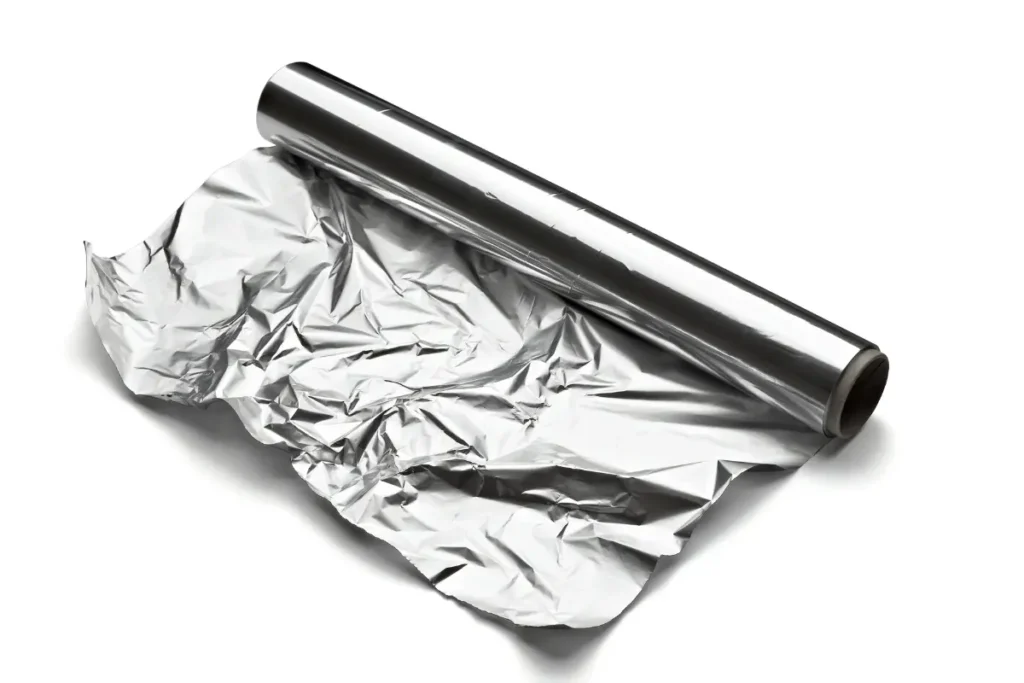
Rats hate metal because they are unable to chew it properly. The aluminum foil also contains ridges and sharp points that frighten the rat away from metal and stop it from biting it.
Rats can eat paper, walls, wood, and wiring in an instant. If rats chew aluminum, they will die within minutes.
So, all cracks and holes in the house should be filled with aluminum, steel wool, or other similar materials to keep the mouse out, we can also use the doors that are made of metal to keep the rat away from home.
Do Rats Chew Fabric?
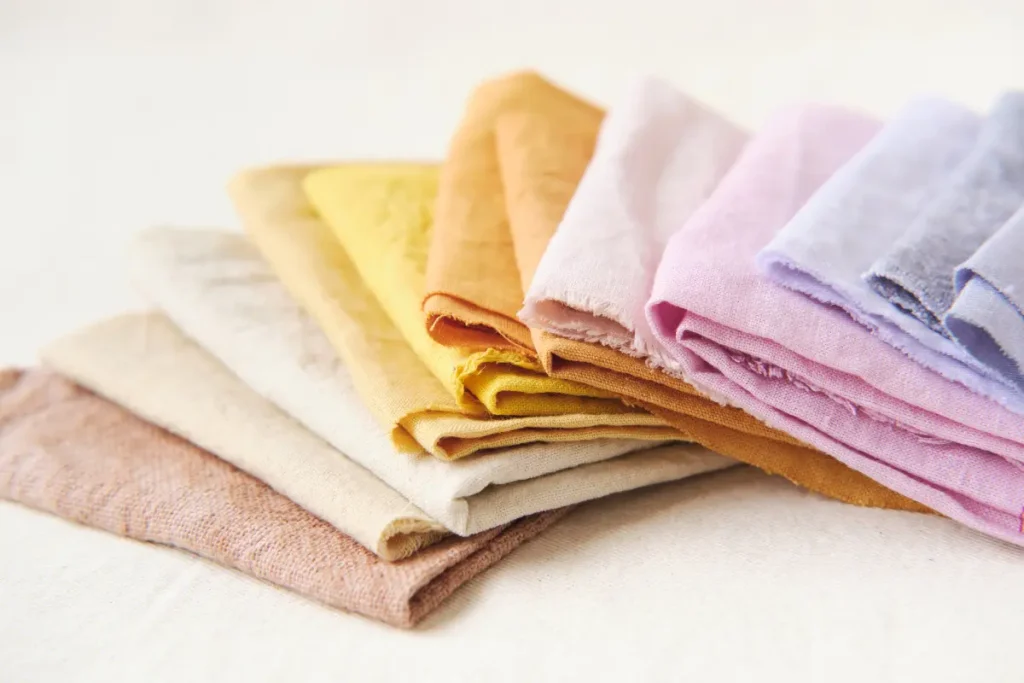
Rats will eat whatever they can get their hands on, including old newspapers, clothes, and fabric stored in cardboard boxes, piles of magazines, and even vital data.
The drywall, insulation, and wiring in your home are all at risk. Clothes that have been chewed or shredded may indicate a rat infestation, although rats do not eat cloth and all other fabric.
Rats chew on fabric and other materials for a variety of reasons.
Female rats shred, tear, and steal clothes to help build and line their nests.
Do Rats Chew Through Walls?
Rats are famous for chewing through walls, flooring, insulation, wiring, pipelines, and nearly everything in your home.
Rats have teeth that are constantly growing. Rat teeth grow at a rate of about 1.4 mm every day. This guarantees that they actively tap resources to melt their teeth to prevent the development of their skulls.
So, can rats eat their way through walls? The answer is emphatical yes. Almost any hard object becomes a target for chewing rats in a home
Conclusion
Rats chew leather but do not eat or ingest it. Rats have the strongest jaws of any rodent, allowing them to chew through a wide variety of materials including leather.
Rats have three pairs of upper and lower molars, and two pairs of incisors. If the top and lower incisors do not join properly, rats may have incisor overgrowth the condition I called malocclusion.
If the malocclusion develops, the sole treatment is to chew hard materials such as leather, wood, or wiring every 2-3 weeks to trim the teeth. If they do not chew, their teeth will continue to grow until they are unable to swallow, at which time the mouse will die.
References
Cox PG, Rayfield EJ, Fagan MJ, Herrel A, Pataky TC, et al. (2012) Functional Evolution of the Feeding System in Rodents
